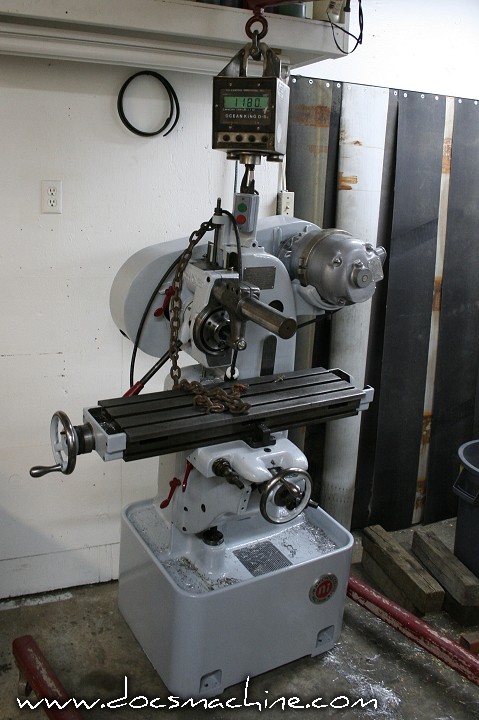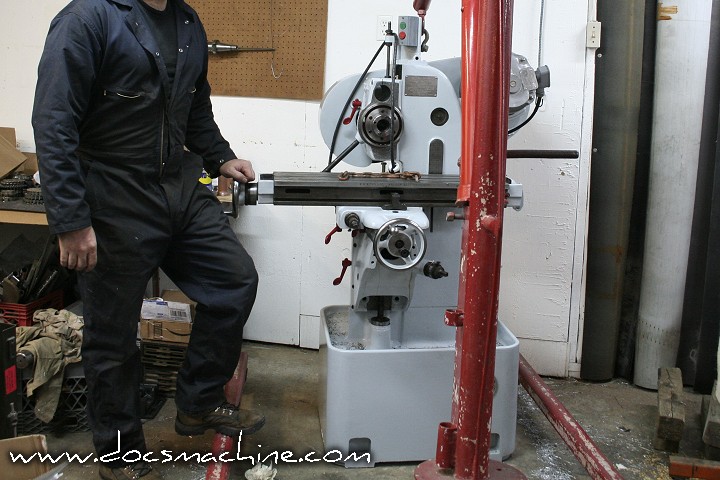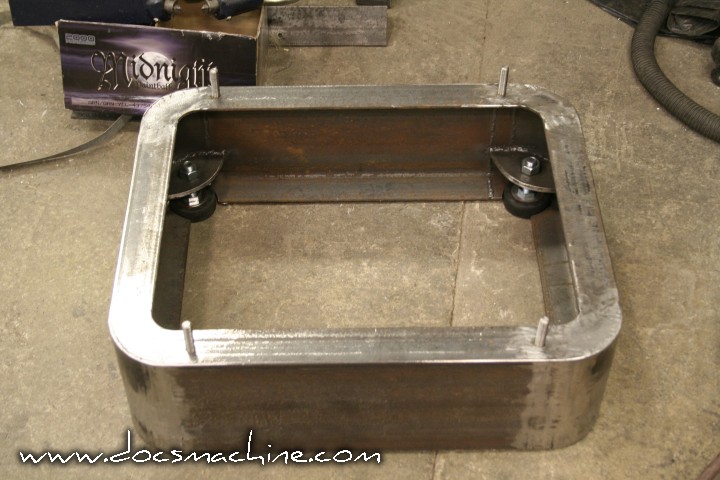DocsMachine
Titanium
- Joined
- Jan 8, 2005
- Location
- Southcentral, AK
A 1962 "toolroom" Nichols, complete, with 5-speed pulleys, 1HP 350RPM motor, T-slot ring, overarm and arbor support, weighs 1,180 pounds.

I'd heard closer to 1,500, with some people saying as much as 2,000. It's got some thick castings, for sure, but it's nice to have a real number, not just a guess.
Also, for those thinking about picking up a horizontal, but don't have the room for a big Van Norman or Kerney & Trecker...

... The Nichols is just 53" to the top of the casting. Not quite a full 60" even at the top of the control box.
Doc.

I'd heard closer to 1,500, with some people saying as much as 2,000. It's got some thick castings, for sure, but it's nice to have a real number, not just a guess.
Also, for those thinking about picking up a horizontal, but don't have the room for a big Van Norman or Kerney & Trecker...

... The Nichols is just 53" to the top of the casting. Not quite a full 60" even at the top of the control box.
Doc.




